
おせち料理について知りたいです。
日本では、正月の準備として、おせち料理を作ることが昔から続く風習です。
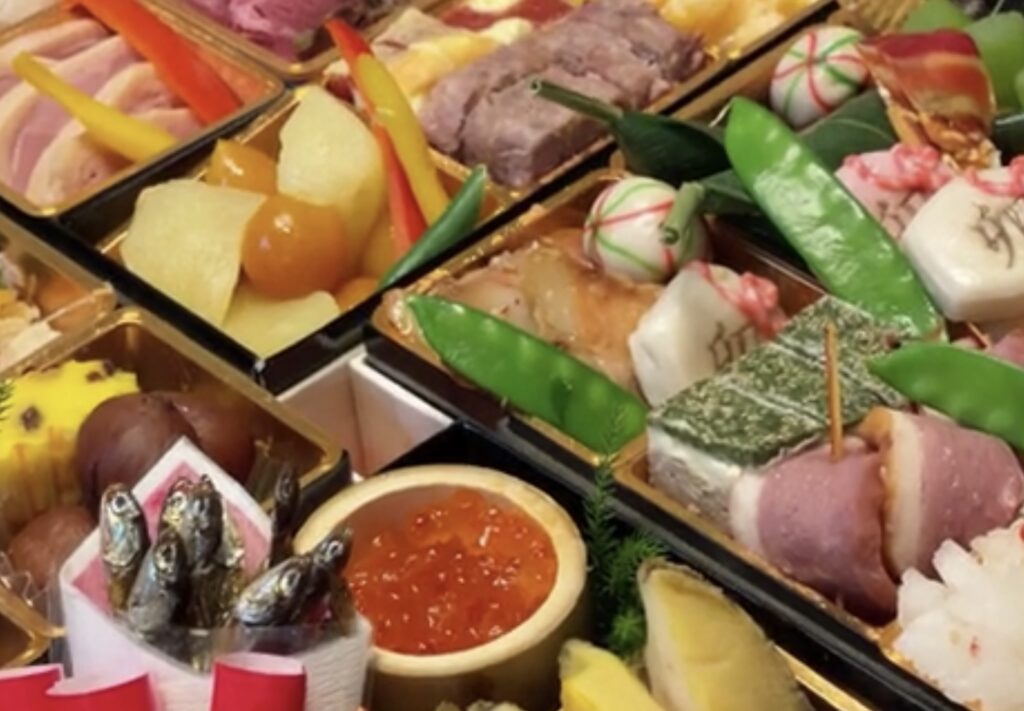
なぜ、おせち料理を作るのでしょうか。
いろいろな理由があるとされています。
1つは、新年をお祝いする食べものを食べるためです。
2つめは、いつも食事の用意をすることに忙しい人々が、正月の3日間は、食事のの用意をする仕事から解放され、休養できるためです。
3つめは、神様をお迎えしている正月に、食事の用意などのために台所で煮炊きをして、物音を立てたり、騒がしくしたりしないで静かにするためです。
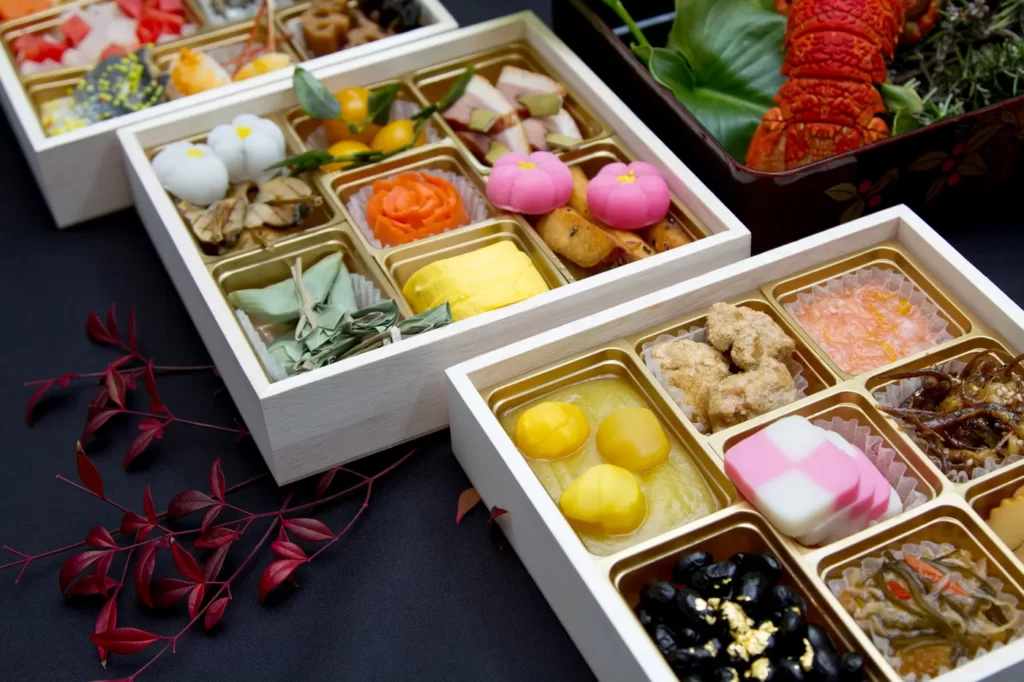
おせち料理の食べものには、縁起のいい意味や願いがあります。
数の子は、数多くの卵がついていることから、子どもがたくさん生まれることを願っています。
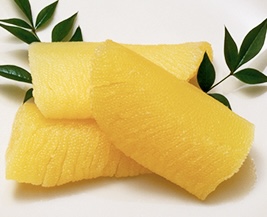
海老は、姿が丸く曲がっていることから、腰が曲がるまで長生きできることを願っています。
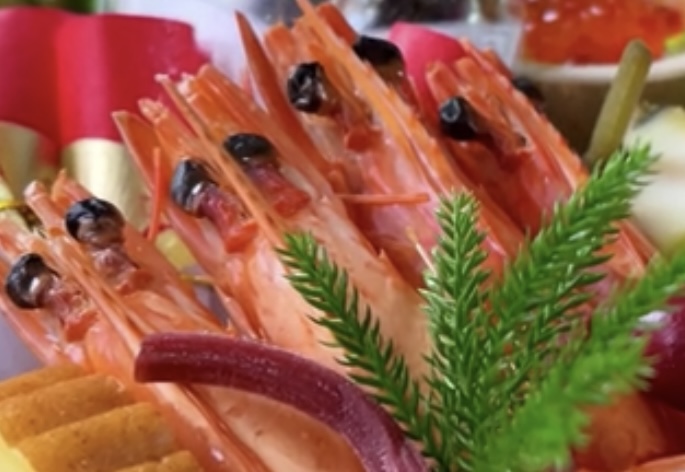
れんこんは、穴が多く空いていることから、見通しの良い1年を祈っています。
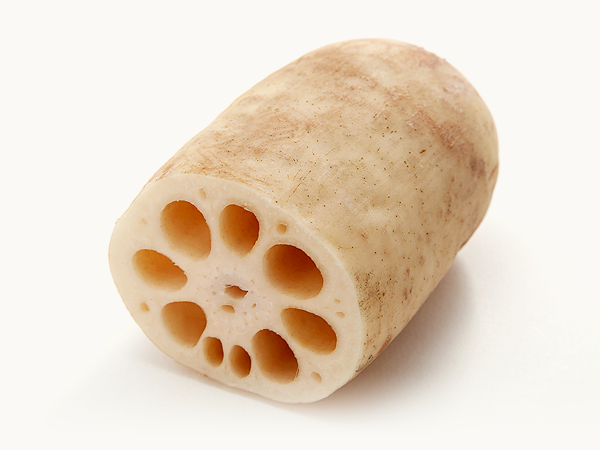
黒豆は、まめにはたらくことができることを願っています。
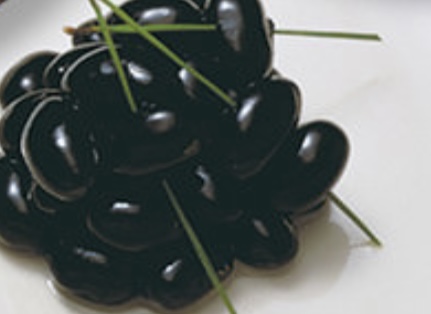
ぶりは、成長に合わせて何回も名前が変わるので、出世魚と呼ばれています。そこで、将来出世できるようことを願っています。
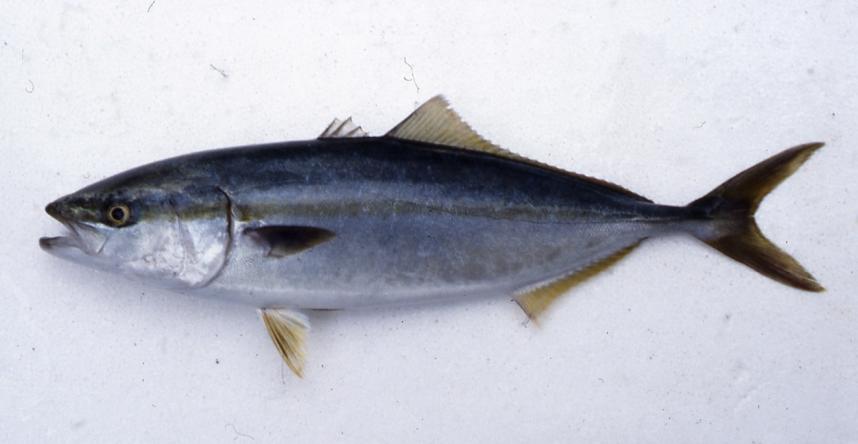
最近は、家で作らずに買ってくる家庭も増えています。
⭐️ ⭐️
日本の正月に関係する言葉も読んでください。
餅つき Rice cake poundingにすすむ(このブログにあるページ)
しめ縄 Sacred ropeにすすむ(このブログにあるページ)
大晦日 New Year’s Eveにすすむ(このブログにあるページ)
Osechi dishes
In Japan, it is an old custom to cook Osechi dishes as part of New Year’s preparations.
Why do we make Osechi cooking?
There are various reasons.
The first is to eat food to celebrate the New Year.
The second reason is that people who are always busy preparing meals can rest during the three days of the New Year, free from the work of preparing meals.
The third reason is to keep the kitchen quiet during the New Year’s holiday, when we welcome the gods, without making noises or making a lot of noise as we cook and prepare meals.
The foods eaten in Osechi dishes have auspicious meanings and wishes.
The kazunoko(herring roe), with its numerous eggs, is a wish for the birth of many children.
Shrimp, with its rounded and curved shape, is for a wish that one will live a long life until one’s waist bends.
The lotus root, with its many holes, prays for a year with good prospects.
The black soybean hopes for diligent work.
Buri is called “Success Fish” because it changes its name many times as it grows up. Therefore, people eat Buri hoping that they will be successful in the future.
Recently, more and more families buy Osechi dishes instead of making them at home.
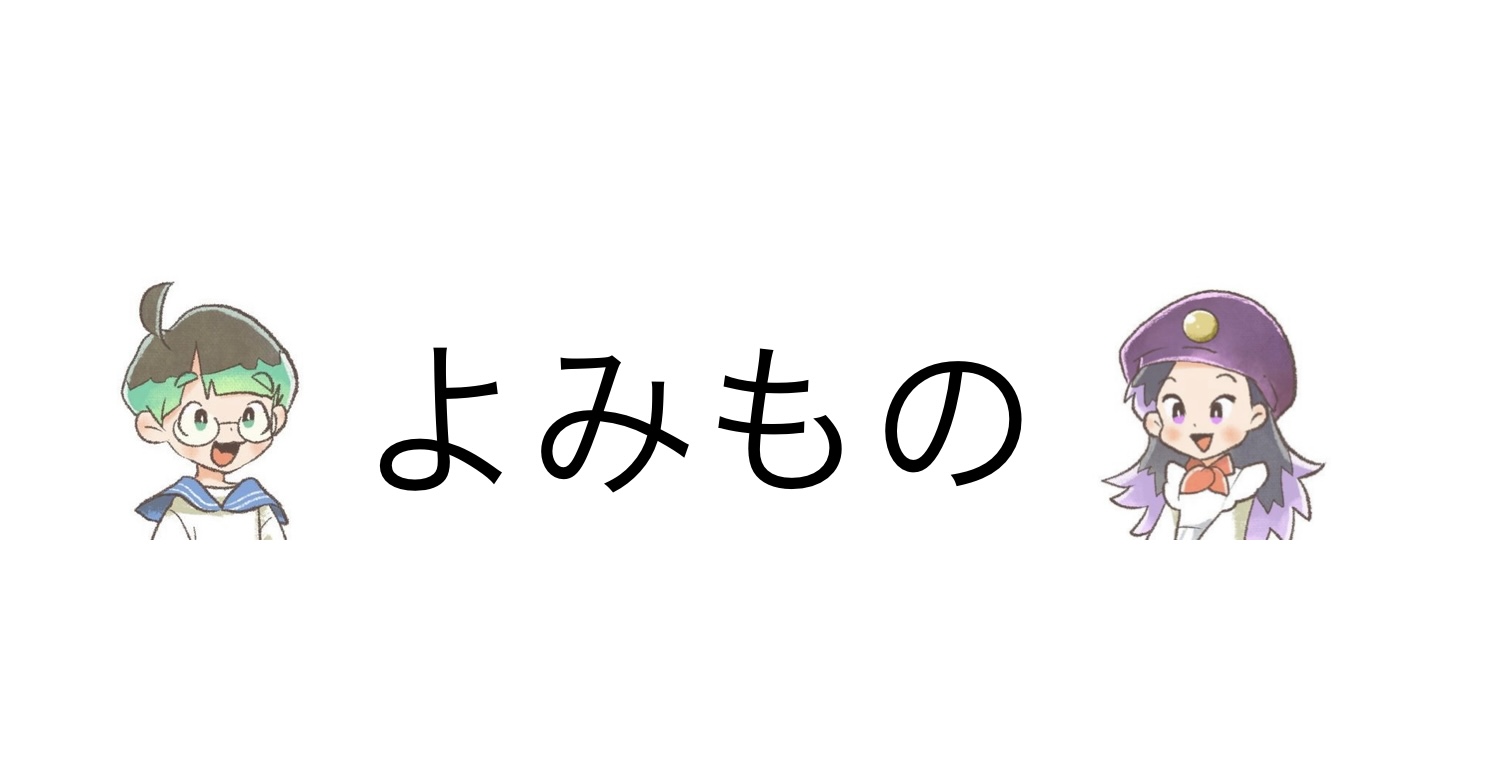
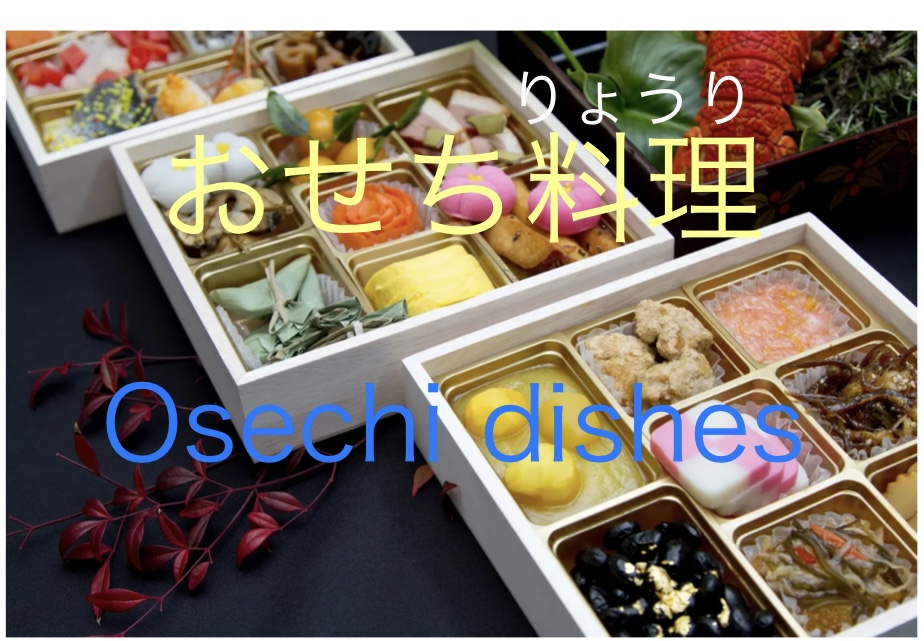


コメント